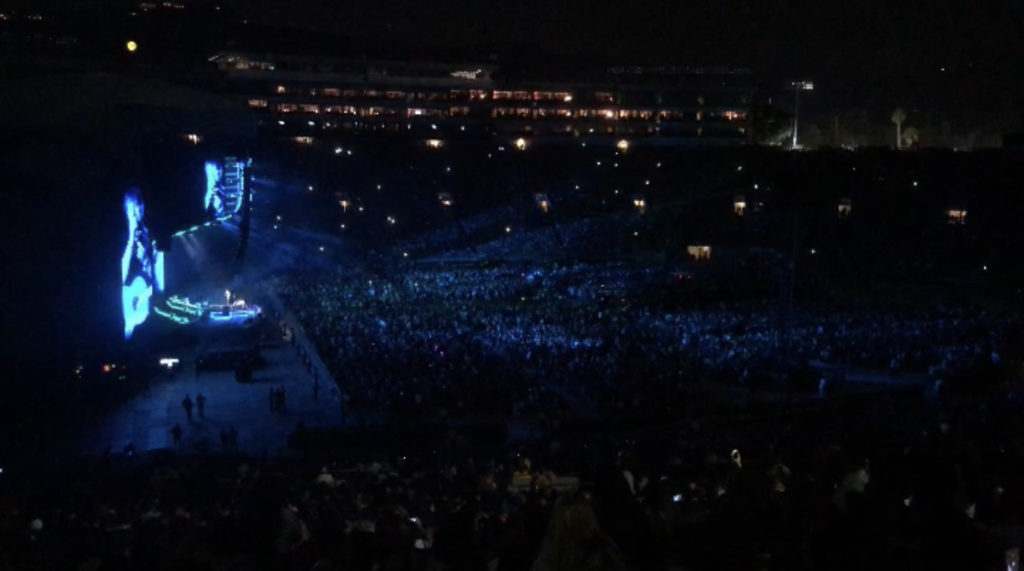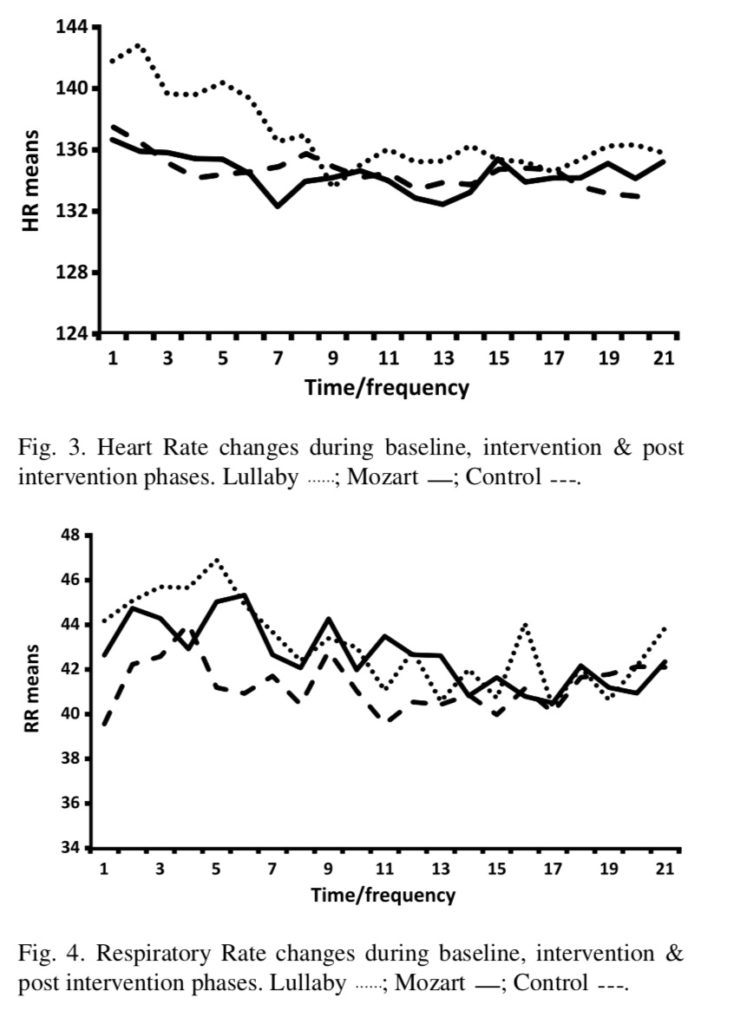Music can have a special and unique effect on us like no other. For me, I am constantly surrounded by music. Whether I am getting ready for the day, studying for exams, or just hanging out with my friends, I am almost always listening to music. Even right now as I am typing this blog post, I am listening to some Khalid. Yet, although I usually listen to more upbeat, pop- and indie-genre songs while going through my daily routine, it’s actually when I listen to slower songs that I feel the most in tune with myself. Slower music offers me a sense of comfort and belonging, whether I am in the privacy of my own mind or in the presence of an intimate moment. In fact, these slower and softer songs have a profound effect on many other people as well as they are often played at weddings or sung to newborn babies. However, how did this connection to slower songs come to be and how have they influenced our health and wellbeing?

Essentially, when we hear sounds like music, sound waves will generate vibrations that travel through the ear—from the ear canal in the outer ear through ossicles in the middle ear and into the cochlea in the inner ear (asha.org). Here, there is fluid that will trigger movement in hair cells, which then turn the vibrations into electrochemical signals, thus signaling the auditory nerve and the brain (Harvard Health, 2011).

For a while now, I have heard many instances about how playing music for babies, even before they are born, can be very beneficial to their development and growth. As a result, this personal connection to music can be deeply rooted in our physiological responses to music, even when we are just one day old. In fact, they originate from those simple and classic lullabies and tunes of “Twinkle Twinkle Little Star” and “Frère Jacques.”
In the study “Effect of Lullaby and Classical Music on Physiological Stability of Hospitalized Preterm Infants,” researchers Amini et al. (2013) analyzed the influence of music on babies and their physiological responses immediately after birth. In this study, 25 preterm infants in stable conditions were exposed to three phases—lullaby music, classical music, and no music—for two days each (Amini et al., 2013). During the six days of observation, infants’ physiological responses in heart rate, respiratory rate, and oxygen saturation were recorded and analyzed (Amini et al., 2013).

While there were no significant changes in oxygen saturation for any of the phases, the findings did show that both lullabies and classical music significantly reduced heart rates, while lullabies also significantly reduced respiratory rates in the newborn babies (Amini et al., 2013). In the end, the researchers concluded that music does greatly impact babies and their physiological stability, with lullabies having a greater influence than classical music.
Given that lullabies often require a soft, honey-like voice and have a sweet, loving message behind the lyrics, it’s no wonder that babies feel more relaxed and calm after hearing lullabies, even if they may not understand the lyrics. However, the effects of lullabies and music have obviously extended further than infancy and into our childhoods and adulthoods as they are integrated in many genres of music. For instance, songs that give a dream-like feeling and resemble lullabies can greatly influence our health and wellbeing, from reducing the stress of patients going into surgery to improving outcomes from music therapy (Harvard Health, 2011). With that said, what once was often associated with calming babies have become integral parts in our healthcare.
In the end, although we may each listen to different genres of music as we each have unique connections to the songs we love, it is important to acknowledge the immense positive feedback our bodies give when we listen to soothing music. Whether we are studying for finals or simply just want to be in our own space, music, and slow music at that, can truly relax us—heart, body, soul, and all. This also just goes to show that a little self-care can really go a long way!
Works Cited
Amini, E., et al. “Effect of Lullaby and Classical Music on Physiologic Stability of Hospitalized Preterm Infants: A Randomized Trial.” Journal of Neonatal-Perinatal Medicine, vol. 6, no. 4, 2013, pp. 295–301., doi:10.3233/npm-1371313.
Harvard Health Publishing. “Music and Health.” Harvard Health, July 2011, www.health.harvard.edu/staying-healthy/music-and-health.
“How We Hear.” American Speech-Language-Hearing Association, ASHA, www.asha.org/public/hearing/How-We-Hear/.
So interesting! I actually learned about “motherese” which is essentially infant directed speech (baby talk) can also have a soothing type of effect for children as well. The comment you made amount the babies not being able to understand what the words mean, but still are relaxed by the song could be explained by the effects of IDS because it is more about the tone than the actual message being said. But in all honesty, I would like to be sung to bed now that I think about it. Hope you enjoy your summer.
The fact that music can have such a massive impact on us right from the moment we’re born is really fascinating. I really like the way you have explored the science behind how music affects the brain at different stages of life, and how different styles and genres can influence our moods and emotions to such a great extent. I think it’s fair to say that almost everyone engages with at least some kind of music in their lives on a regular basis, and that it is the one companion that will never leave our side.